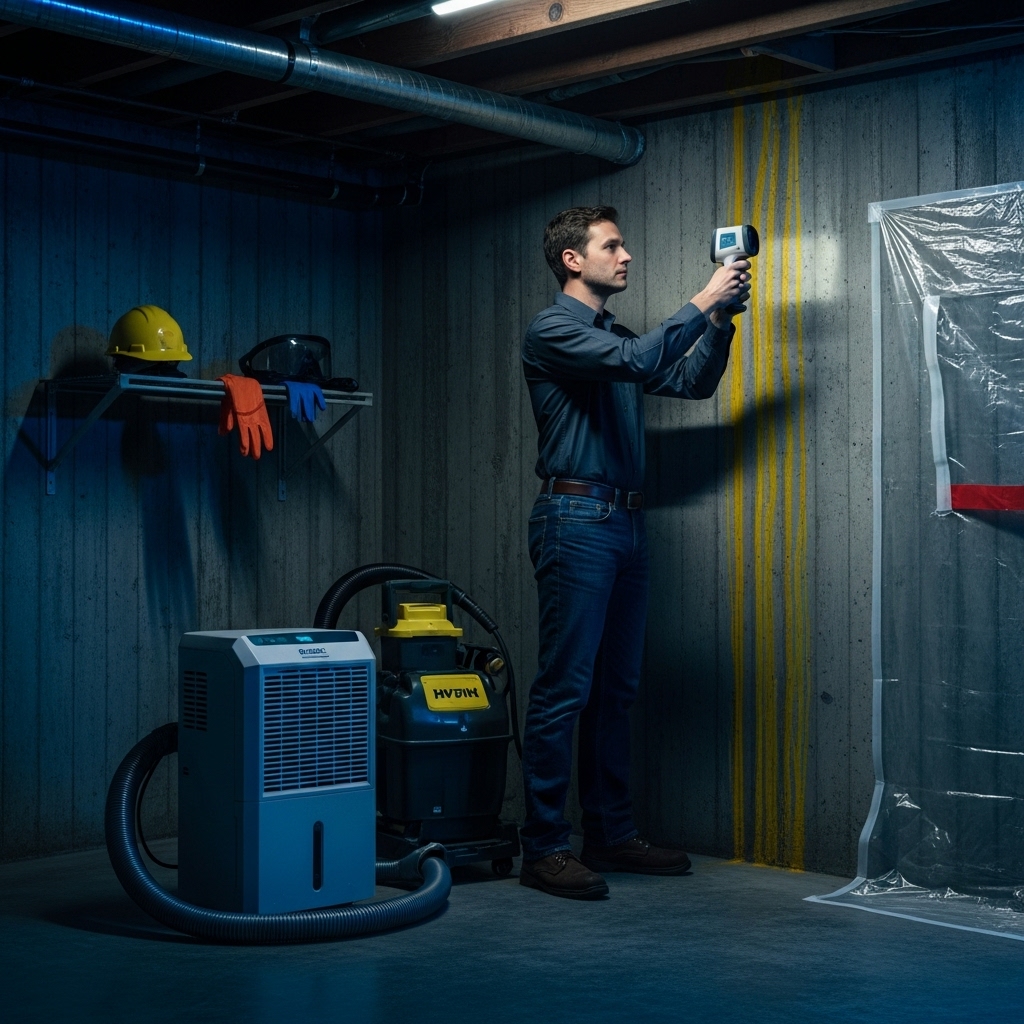When moisture intrudes, time becomes critical. Homeowners and businesses in Bloomfield, New Jersey need dependable mold remediation that protects indoor air, salvages materials where possible, and prevents recurrence. This overview explains what trustworthy service looks like, from first inspection to final verification. If you want a quick way to understand best practices and set expectations, connect with a local team that specializes in mold removal so you can plan confidently and act decisively.
Trusted remediation is less about a single product and more about a disciplined process. The hallmarks include clear communication, careful containment, targeted removal, HEPA-based cleaning, thorough drying, and practical prevention guidance. These elements protect the rest of your property while the affected area is restored.
Hallmarks of a trusted remediation provider
- Transparent assessments: Written scopes of work, photo documentation, and moisture readings that support decisions.
- Containment and negative air: Physical barriers and HEPA-filtered air machines to prevent cross-contamination.
- Skilled removal: Demolition only where necessary, with safe handling and bagging of impacted materials.
- Detailed cleaning: HEPA vacuuming and wet wiping for remaining surfaces.
- Moisture control: Leak repairs, dehumidification, and ventilation strategies to keep growth from returning.
- Verification: Measurable dryness and cleanliness before spaces are returned to normal use.
Service areas and property types
Reliable providers serve single-family homes, multi-unit buildings, and commercial spaces across Bloomfield and nearby communities. From finished basements and bathrooms to offices and retail spaces, they tailor containment and scheduling to minimize disruption while maintaining safety and quality standards.
From inspection to clearance: what to expect
- Initial consultation and scope: Visual inspection, moisture mapping, and a plan detailing containment zones, removal, and cleaning steps.
- Containment setup: Poly barriers, zipper entries, and negative pressure machines that exhaust through HEPA filtration.
- Source control: Fixing the water problem, whether it is a small drip, rain intrusion, or condensation.
- Selective removal: Removing porous, unsalvageable materials; preserving what can be cleaned.
- HEPA cleaning: Thorough vacuuming and wiping of surfaces inside the containment zone.
- Drying and dehumidification: Reducing moisture to safe levels and confirming with measurements.
- Post-clean verification: Final checks and documentation so you know the area is ready for re-occupancy.
Health and safety during remediation
Effective containment protects clean areas of your property. Technicians wear protective gear and follow entry/exit procedures to avoid tracking debris. If remediation occurs near living areas, expect clear instructions about temporary access limitations and ventilation adjustments, such as avoiding use of central HVAC that passes air through the affected zone.
Common problem areas around Bloomfield
- Basements with damp corners, seepage near foundation walls, or inadequate dehumidification
- Bathrooms with insufficient ventilation and recurring condensation
- Kitchens and laundry rooms where small appliance leaks go unnoticed
- Attics with roof leaks or poor airflow causing humid conditions
- Closets and utility spaces where slow pipe drips lead to hidden growth
When to call for help
Seek professional assistance if you see widespread staining, detect strong musty odors, discover wet drywall or insulation, or suspect contamination inside HVAC systems. Situations that involve porous building materials, complex moisture sources, or potential cross-contamination are best handled by experienced teams with the right equipment. To understand options and timelines, consult a provider focused on professional mold removal and request a clear, written scope tailored to your space.
Business continuity for commercial properties
For offices and retail locations, downtime is costly. Trusted remediation providers coordinate work in phases, schedule off-hours activity, and maintain safe access routes so operations can continue whenever feasible. They also document procedures and results to meet lease requirements or building management policies.
Prevention and maintenance
- Control relative humidity, especially in basements and bathrooms.
- Use exhaust fans during and after showers and cooking.
- Check under sinks and behind appliances for slow leaks.
- Maintain gutters and ensure downspouts move water away from foundations.
- Inspect caulking, flashing, and weather seals before heavy seasonal rains.
Frequently asked questions
-
Do I need to leave the property during remediation?
It depends on the location and scope. Containment and negative pressure can allow you to remain on site, but your provider will advise based on safety and convenience.
-
What about testing?
Some projects are completed based on visual and moisture criteria with verification of cleanliness and dryness. In other cases, an independent assessment may be recommended. Your provider will explain the rationale for your situation.
-
How long will it take?
Timeline varies with size, materials involved, and drying time. Expect a written plan with estimated durations for each phase.
-
Can you save my belongings?
Non-porous items are often cleanable; heavily impacted porous items may require disposal. Your provider will advise case by case.
-
What prevents mold from coming back?
Fixing the moisture source, maintaining proper humidity, and ensuring adequate ventilation are key to long-term success.
Get help now
Whether you are dealing with a sudden leak or a long-standing moisture issue, choose a team that prioritizes containment, moisture control, and clear communication. For prompt scheduling, careful work, and thorough documentation, contact a local expert for reliable mold removal services and restore a healthier indoor environment.

